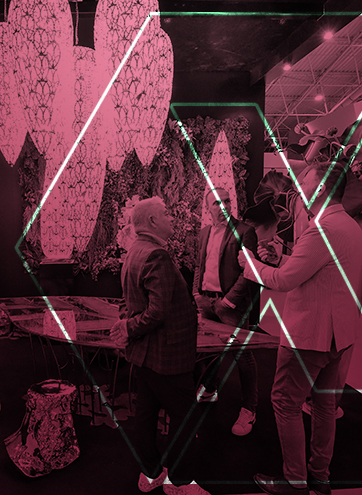Exploring the Synergy between Home Automation and Interior Design
13 Jun. 2023The intersection of home automation and interior design is an exciting development in the world of smart homes and connected living. This synergy between technology and aesthetics has opened up new possibilities for homeowners, architects, and interior designers to create spaces that are not only visually stunning but also highly functional and efficient. As home automation technology continues to advance, it is becoming increasingly integrated into the very fabric of our living spaces, transforming the way we interact with our homes and the objects within them.

One of the most significant ways in which home automation and interior design intersect is through the use of smart lighting. Lighting plays a crucial role in setting the mood and atmosphere of a space, and smart lighting systems allow homeowners to control the intensity, color, and even the direction of light with just a few taps on their smartphone or tablet. This level of control enables homeowners to create a wide range of lighting scenarios that can be easily adjusted to suit different activities, times of day, or even their mood. Furthermore, smart lighting systems can be programmed to automatically adjust the lighting based on factors such as the time of day, the amount of natural light available, or the presence of people in the room. This not only helps to create a more comfortable and inviting living environment but can also lead to significant energy savings.
Another area where home automation and interior design come together is in the realm of smart furniture and appliances. As the Internet of Things (IoT) continues to expand, more and more everyday objects are being imbued with connectivity and intelligence, allowing them to communicate with one another and with the wider world. This has led to the development of a wide range of smart furniture and appliances that can be seamlessly integrated into the home, providing both aesthetic and functional benefits. For example, smart mirrors can display information such as the weather, news headlines, or even personal health data, while smart refrigerators can monitor their contents and suggest recipes based on the ingredients available. These smart devices not only help to streamline daily tasks and routines but also contribute to a more cohesive and harmonious interior design.
The integration of home automation and interior design is also evident in the growing popularity of smart home hubs and control panels. These centralized control systems allow homeowners to manage all of their connected devices from a single, user-friendly interface, making it easier than ever to create a truly connected living environment. In addition to their practical benefits, smart home hubs and control panels can also be designed to blend seamlessly with the surrounding décor, ensuring that they do not detract from the overall aesthetic of the space.
As home automation technology continues to evolve, we can expect to see even more exciting developments at the intersection of home automation and interior design. For example, advances in materials science and manufacturing techniques may soon make it possible to create smart surfaces and textiles that can change color, texture, or even shape in response to various stimuli, such as touch, temperature, or light. This could open up a whole new world of possibilities for interior designers, allowing them to create truly dynamic and interactive living spaces that respond to the needs and preferences of their occupants.
In conclusion, the synergy between home automation and interior design is a testament to the power of technology to enhance and enrich our lives. By seamlessly integrating smart devices and systems into the very fabric of our living spaces, we can create homes that are not only beautiful and comfortable but also highly efficient and responsive to our needs. As the boundaries between technology and design continue to blur, it is clear that the future of home automation and interior design is bright and full of potential.
Source Credit: CityLife




